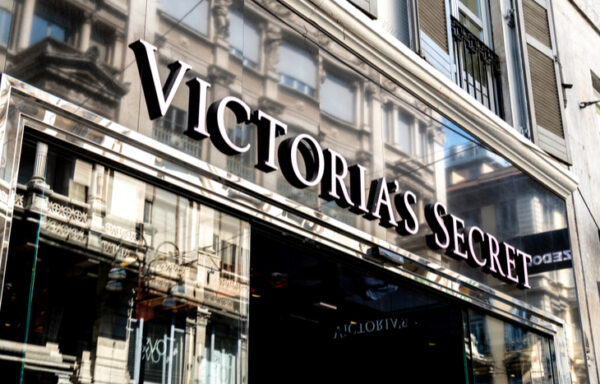The Advantages of Investing in Farmland
Most investors think about farmland as the place where their food grows – or grazes – rather than as an asset class. That is in part because there have not been many ways to invest in farmland. Although it’s a huge missed opportunity…
Farmland has outperformed almost every major asset class over the last 30 years. Investors have averaged 11.5% annual returns. And due to steady cash flows and the low usage of debt, farmland has been a stable asset. You’ll see this below, along with other benefits of investing in farmland. You’ll also find both traditional and new ways to add farmland to your portfolio.
Two Ways Farms Make Money
Farmland has produced investor returns from two main sources: the value of the land appreciating and annual dividends from animals and crops grown on the land. Each of these will fluctuate from year to year. But when combined, the total farmland returns have been positive every year since 1991. Other income streams are also available depending on the farm. These could include hunting leases, energy leases to solar and wind companies, and even revenue from billboards for farms with highway frontage.
Farmland Investment Returns
Through the two main sources of value, farmland has proven to be an attractive asset class. Over the last few decades, it has produced average annual returns of 11% to 12%.
For example, consider a piece of farmland in the Midwest. Assume an annual cash rent of 4% and an annual growth in land value of 6%. The total annual return would be around 10%. For stable and productive row crop farms, these would be considered normal long-term returns.

Historically Low Volatility
The farmland investment gains above don’t include the use of much debt to amplify returns. Thus, long-term annual average returns of 10% or 12% have been realized without the extra risk created from the use of leverage. Some farms do have debt, but it is usually much lower loan-to-value ratios than typical real estate property investments. If you zoom in on 2007 to 2009 in the chart above, you can see how this affects returns. Even in times of recession, farmland has been able to produce positive returns. This is another benefit of investing in farmland.
Diversification From Investing in Farmland
Farmland has shown itself to be a great investment in its own right. Aside from the high annual returns, farmland has a low correlation with most major asset classes (stocks, bonds, gold, etc.). Thus many money managers see farmland as a great portfolio diversification tool. As demonstrated in the chart below, when comparing annual farmland returns with returns for the S&P 500, the correlation coefficient is negative 0.03. This shows that there is almost no correlation in the behavior of the two asset classes.

TIAA Nuveen published a whitepaper that shows how “real assets” like farmland and timberland impact a portfolio. In the research, it suggested that adding farmland to its model portfolio increased returns. At the same time, adding this alternative investment decreased the volatility of the portfolio. Investing in farmland is a remarkable tool for money managers looking to build a balanced portfolio. Not all funds include farmland, but it is clear why it is becoming more sought after by big money managers. Over the last 10 years, more than $30 billion of institutional money has moved toward farmland investments.
“Buy land, they’re not making it anymore.” – Mark Twain
A core theme for professional investors in farmland is supply vs. demand. By 2050, we will need to increase global crop production by 70% to feed a larger population with increasing food demands. At this rate, farmers will need to produce more food than they have in the last 250 years combined to keep up with global demand.
However, the amount of farmland in the U.S. is shrinking at a rate of about 3 acres per minute. Basic economics would suggest that as the supply of land decreases and the demand for food increases, the value of the land will increase in price. After all, they’re not making any more land.
How to Invest in Farmland
Investing in farmland can be difficult. Until recently, there were only three main ways to invest in farmland, all with distinct drawbacks. Investors could…
-
- Invest through a private equity fund, which often has a minimum of $1 million or more, as well as high management fees.
- Invest in a public real estate investment trust (REIT). This is an investment in a portfolio of land traded on the stock market. While land is the underlying asset, this option has been more correlated with the stock market than the value of land in the portfolio. This defeats two of the most attractive reasons investors have an interest in farmland in the first place: to get away from the stock market and to reduce volatility.
- Buy a farm outright. This option is ideal for some because it provides direct land exposure and an attractive volatility profile. However, the amount of capital, time and experience required to purchase and manage a whole farm rules out the majority of investors.
Investing With AcreTrader
Each of the above options provides access to buying land. However, these investment options tend to work only under certain circumstances. They also tend to leave the majority of investors without a real ability to invest in agricultural land under attractive terms. Thus, despite the attractive investment in farmland, it hasn’t been widely recognized as an investment alternative.
AcreTrader is a new opportunity for investors to purchase fractional ownership in actual parcels of U.S. farmland. This provides users transparency, security, liquidity and access to farmland investing otherwise unavailable. Investment minimums are as low as $5,000, and the investment process takes just minutes through an online account. AcreTrader is currently open to accredited investors, and you can see its offerings here.
[adzerk-get-ad zone="245143" size="4"]




